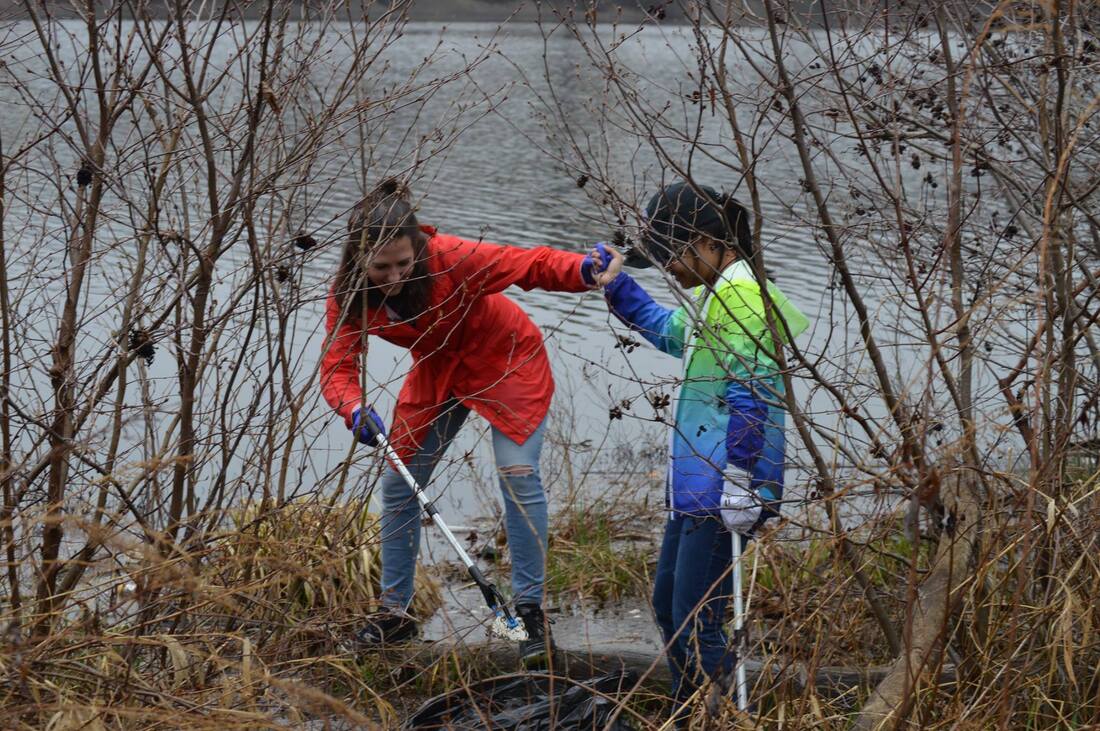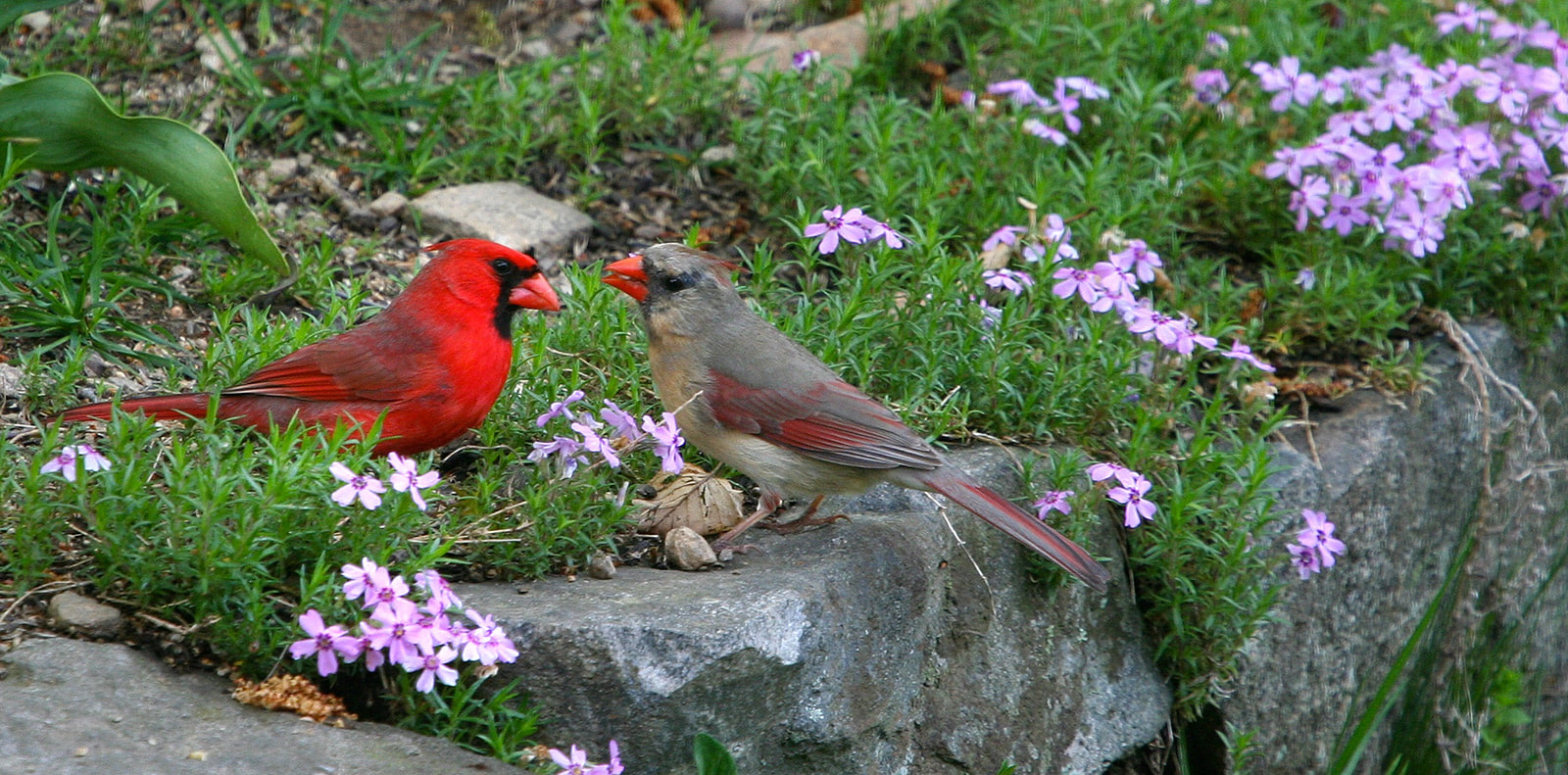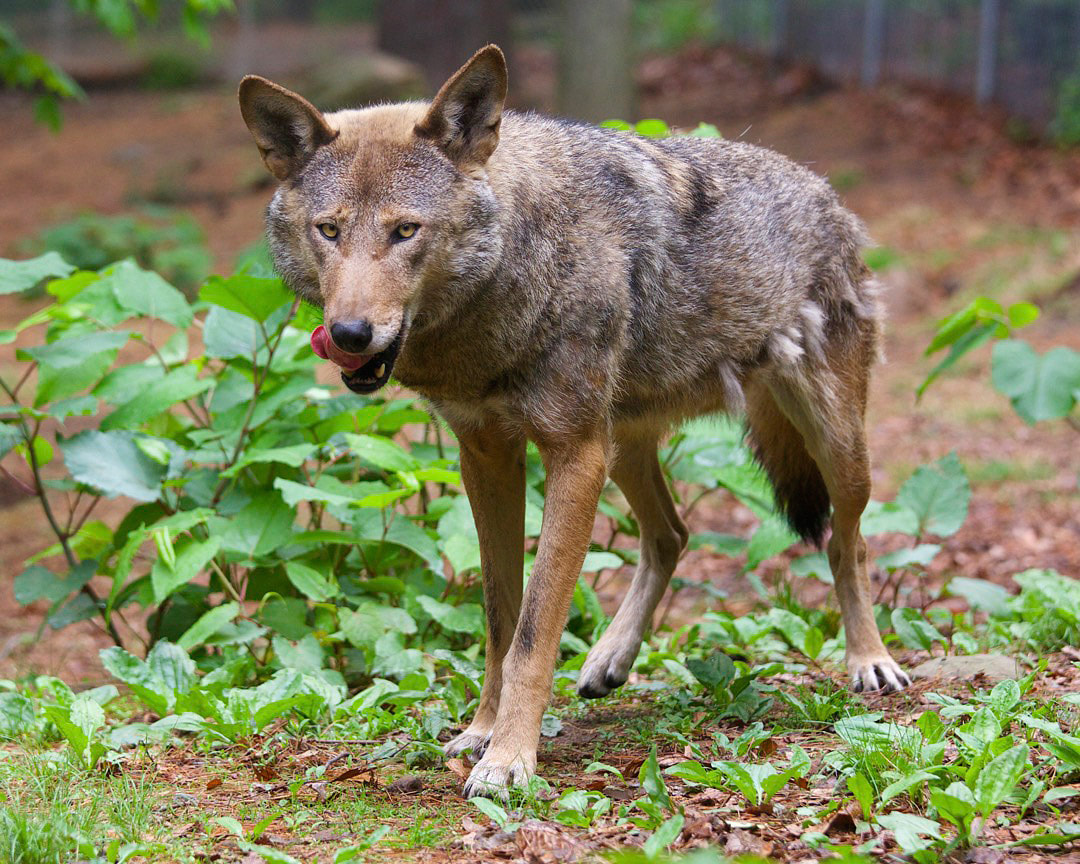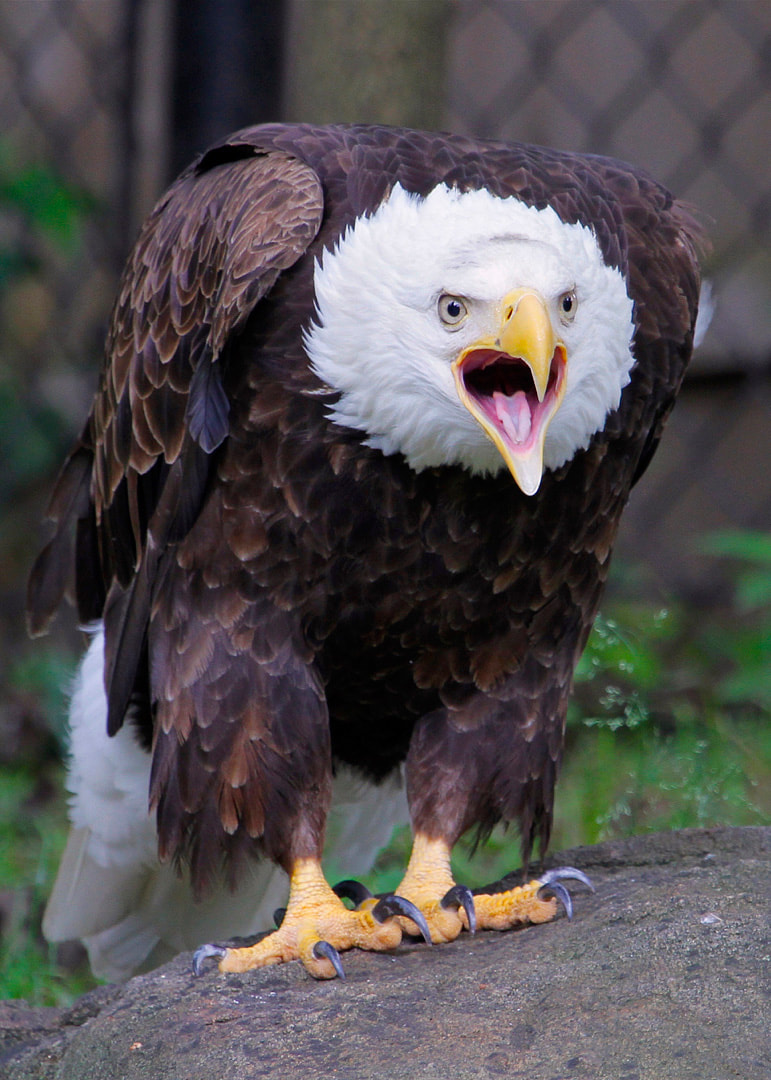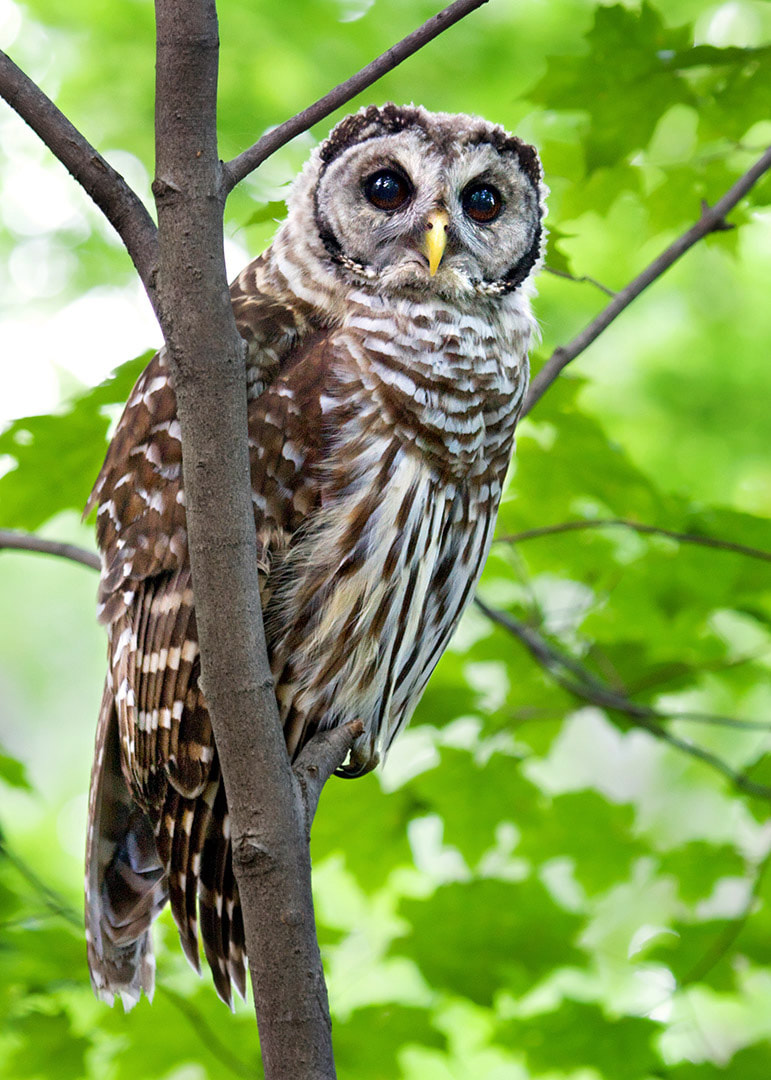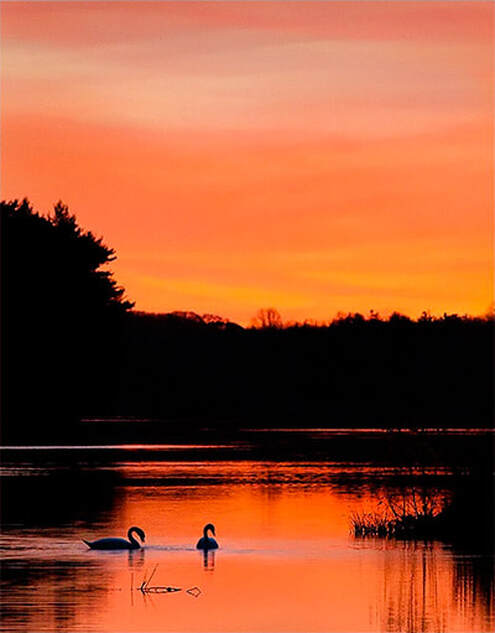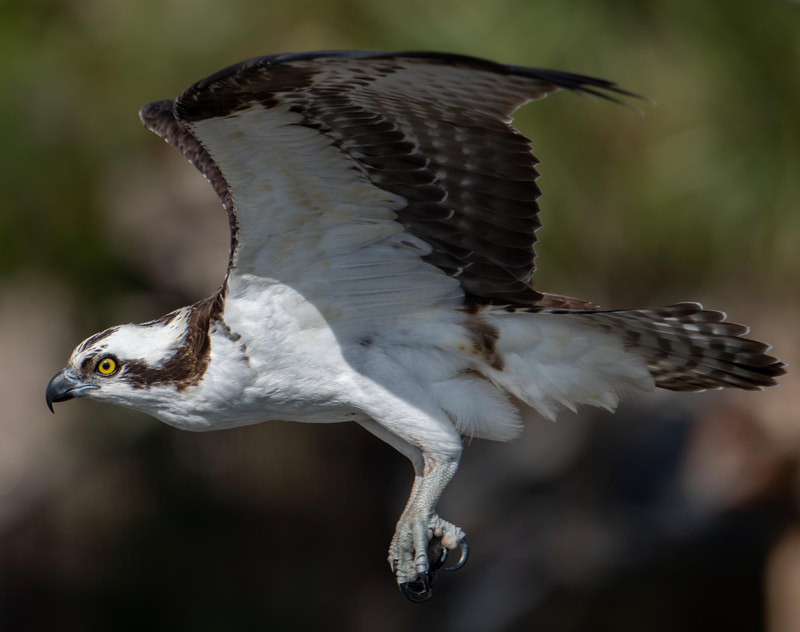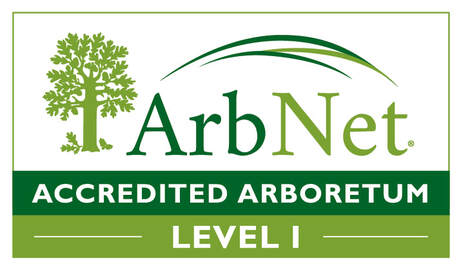Nature is a language, and every new fact that we learn is a new word, but rightly seen and taken all together, it is not merely a language, but the language put together into the most significant and universal book. |
Nature is the one place where miracles not only happen, but happen all the time. – Thomas Wolfe Nature is all around us, from the depths of the blue ocean to the great plains of the Serengeti, from the Amazon rainforest to our own backyards. And it is right in our own backyards that we can perhaps make the biggest difference for wildlife. Connecticut is rich in nature and we want to help you enjoy the richness. We will continue to build this section, filling it with wonderful ideas and projects you can get involved in to truly make a difference for wildlife and wild places.
If you’d like us to provide you with other specific conservation ideas, please call our Education Department at 203-394-6563. We’ll do our best to get the information and share it on our website. We want you to join us in our mission of creating a greener planet for everyone! Check out our conservation tabs below and see the actions we can take at the Zoo, in Connecticut and around your home. You can make a difference for wildlife. Take the Zoo's Conservation Pledge. |
-
AT HOME
-
AT THE ZOO
-
IN CONNECTICUT
-
CONSERVATION RESOURCES
<
>
|
Conservation begins at home and there are so many things you can do to make a difference for a greener, healthier planet for everyone. Invite songbirds and butterflies to enhance your backyard through appropriate plantings. Use green cleaners to keep everyone healthier. Turn off and unplug electronics when you aren't using them.
|
|
Conservation of wild species and wild places is behind the mission of the AZA and Connecticut’s Beardsley Zoo. It’s built into our education programs, our signs, our special events and in our actions. Check out our mission statements, learn about our Conservation Fund, and discover all the native species harbored in and around zoo grounds. And learn how you can become involved in supporting the Zoo’s conservation programs.
New: Saving Turtles Together Connecticut’s Beardsley Zoo is home to a surprising variety of native wildlife. Click here to see what other animals you might find hidden around the Zoo grounds. |
-
AZA Mission Statement
-
CBZ Mission Statement
-
CBZ Conservation Fund
<
>
The AZA Vision
AZA zoos and aquariums are places where people connect with animals. We are therefore dedicated to excellence in animal care and welfare, conservation, education, and research that collectively inspire respect for animals and nature.
To learn more about the AZA and to visit their website, click here!
To learn more about the AZA and to visit their website, click here!
Connecticut’s Beardsley Zoo Mission Statement
Connecticut’s Beardsley Zoo is dedicated to acquainting a diverse public to the delicate balance that exists between living things and their environment.
Animal exhibits, plantings, graphics, and Zoo programs are to be represented in such a manner as to give the visitor a sense of awareness and concern for the intricate beauty and fragility of our planet.
This mission is achieved by a master plan comprised of the following goals.
Animal exhibits, plantings, graphics, and Zoo programs are to be represented in such a manner as to give the visitor a sense of awareness and concern for the intricate beauty and fragility of our planet.
This mission is achieved by a master plan comprised of the following goals.
- Education, through staff involvement and training, outreach programs, workshops, lectures, docent volunteers, natural animal exhibits, informational and interpretive graphics, and research by utilizing staff, universities and other zoological facilities.
- Conservation, through participation in in situ and ex situ endangered species programs such as the Species Survival Program, Zoo Conservation Outreach Group, etc. Also through professional animal and veterinary care and a comprehensive animal management policy.
- Recreation, through state-of-the-art exhibit design, well-run visitor services (i.e., food and gift concessions, rides, rest rooms and parking) and to maximize the natural and park-like setting by formal and informal landscaping.
Connecticut’s Beardsley Zoo Conservation Fund
Connecticut’s Beardsley Zoo’s Conservation Fund, established by the Connecticut Zoological Society in 2002, supports conservation programs worldwide that protect threatened wildlife and habitats. Field study, habitat protection and restoration, environmental education projects and captive propagation programs are all appropriate for consideration.
The total of funds awarded each year currently does not exceed $15,000, with individual grants to be awarded in $1,500 increments. One third of the annual fund is dedicated to AZA committee projects, one third is dedicated to Connecticut-based conservation initiatives and one third is dedicated to international in-situ work.
To date the Conservation Fund has supported the following programs:
Alaska brown bear research
AZA Bear Taxon Advisory Group
AZA Small Carnivore TAG
Belize Zoo
Carnivore Status Survey in Paraguay
Connecticut animal track identification training
Connecticut wetlands restoration project
International Otter Colloquium
Lion Tamarins of Brazil
Zoo Conservation Outreach program
Supporters of the Zoo’s conservation efforts are welcome to donate funds specifically designated to the Zoo’s Conservation Fund
The total of funds awarded each year currently does not exceed $15,000, with individual grants to be awarded in $1,500 increments. One third of the annual fund is dedicated to AZA committee projects, one third is dedicated to Connecticut-based conservation initiatives and one third is dedicated to international in-situ work.
To date the Conservation Fund has supported the following programs:
Alaska brown bear research
AZA Bear Taxon Advisory Group
AZA Small Carnivore TAG
Belize Zoo
Carnivore Status Survey in Paraguay
Connecticut animal track identification training
Connecticut wetlands restoration project
International Otter Colloquium
Lion Tamarins of Brazil
Zoo Conservation Outreach program
Supporters of the Zoo’s conservation efforts are welcome to donate funds specifically designated to the Zoo’s Conservation Fund
|
Connecticut is rich in nature and we want to help you enjoy that richness and help preserve it for future generations. We want you to get out and hike in our state’s nature reserves. We want you to learn about all the amazing wildlife living in our state and how you can help protect them, now and going into the future.
Connecticut Wildlife
Great Local Hikes
Resources Appalachian Mountain Club Local branch of an organization of outdoor enthusiasts, conservationists, and hikers Appalachian Trail The AT runs from Maine to Georgia, with beautiful sections of trail passing through CT as well as Massachusetts and New York Connecticut Department of Environmental Protection Hiking information, downloadable trail maps, locate the state parks and forests near you Connecticut Forest & Parks Association Information on the Blue Blaze trail system as well as safe hiking tips Audubon Many of our local Audubon centers have great hiking and birding opportunities Leave No Trace Explore this site to learn how to walk lightly on the earth, leaving little or no impact The Nature Conservancy The CT chapter has preserved over 45,000 acres of natural land, look for places in your area Marine Sightings
Marine Strandings Those of us lucky enough to live along the coast might also catch a glimpse of the rich marine life that calls Long Island Sound home. Rarely, we might encounter one of these magnificent animals lying on the beach. What should you do? Read on… Seals Four different seals travel through the waters of Long Island Sound, especially during the months of December through May. They are the gray seal, harbor seal, harp seal and hooded seal. The gray seal is 7-8 feet long, weighs up to 800 pounds, has a long, horse-like face and can have a color range of nearly white to dark brown or even black with a blotchy patterning. The harbor seal is 5-6 feet long, weighs up to 220 pounds, has a short muzzle and is light gray, tan or brown with dark spots on its back. The harp seal would usually only be encountered as a young animal, about 3 feet long and weighs up to 75 pounds. It has a short muzzle, is gray to dark tan with dark brown spots and claws on its front flippers. The hooded seal would also likely to be encountered as a juvenile at about 3 feet long, up to 90 pounds, with a steel-blue colored pelt with light underbelly, no spots and claws on its front flippers. Seals on a beach have usually only hauled out to rest. They are fascinating animals and often quite cute, especially the young ones, but they are still very much wild animals and may bite if you walk over to get a better look. Enjoy watching them from a distance and advise others to do the same. Whenever possible, keep pets away too. If you suspect the animal has a health problem, the experts to call are found at Mystic Marine Aquarium, part of the Northeast Region Stranding Network at 860-572-5955 x 107. They will respond to calls for sick, injured or dead marine animals along the coast of Connecticut and Rhode Island. The Aquarium also monitors local seal populations. If you would like to report your sighting, you may leave a message at the number given above. Sea Turtles During the late summer, a wonderful undersea migration occurs that most of us are never even aware of. Sea turtles are moving through the waters off the coast of New England, usually between August and September, and power-boaters should take particular care as these air-breathing animals often surface and can be injured and even killed by encounters with propellers. Sea turtles can also get tangled in fishing nets and lobster pot lines. One of the biggest causes of sea turtle deaths is the accidental swallowing of floating plastic bags that turtles mistake for jelly fish, a favorite food source. So please dispose of your trash properly and use care with your pleasure boats. If you notice a sick, injured or dead sea turtle you can report it to Mystic Marine Aquarium, at the same number as above, 860-572-5955 x 107. For identification purposes, there are four species of sea turtles you are most likely to encounter. The green sea turtle can weigh up to 500 pounds and they vary in color from light tan to black with a yellow-white underside of their smooth shell. The Kemp’s Ridley sea turtle can weigh up to 100 pounds and is light olive green in color. It is one of the most endangered sea turtles. Leatherback sea turtles can weigh up to 1300 pounds, with a ridged shell that has a rubber-like texture and is black with white spots. The loggerhead sea turtle weighs up to 450 pounds, has a square-shaped head and is reddish brown in color. Living by or visiting the coast of Connecticut is a wonderful experience; it’s a beautiful habitat, full of amazing wildlife. Treat it wisely so we can enjoy it for generations to come! |

